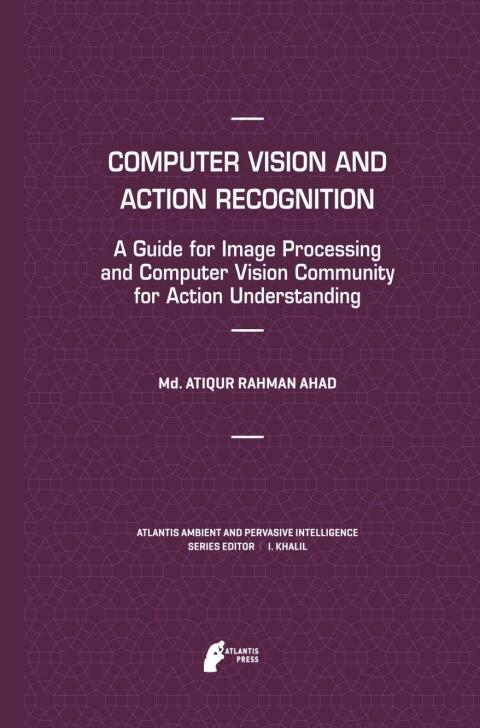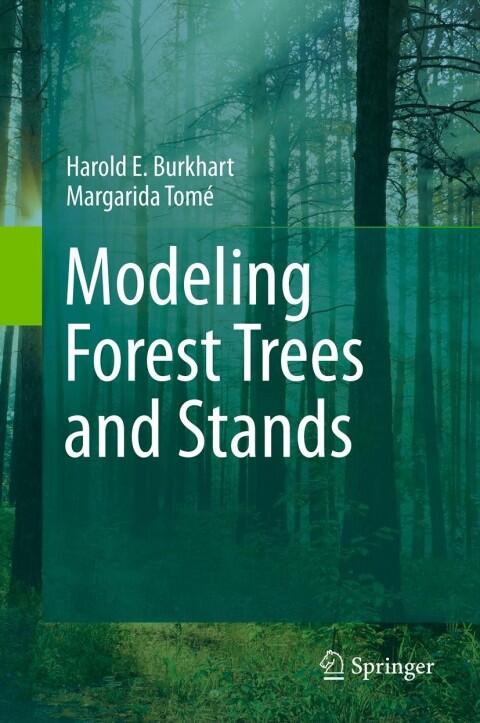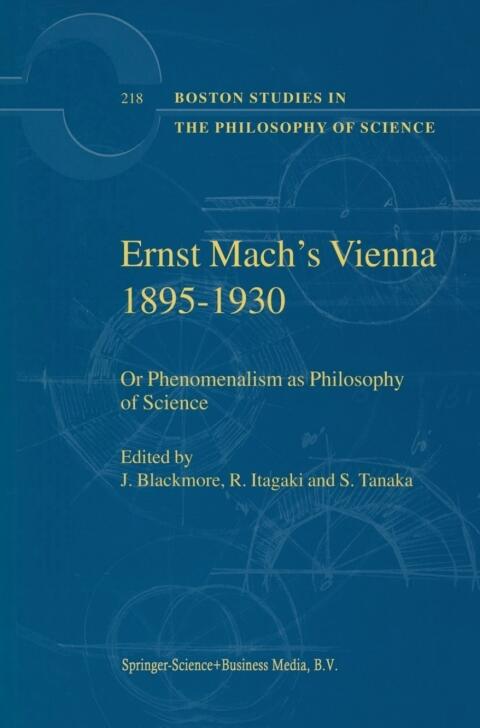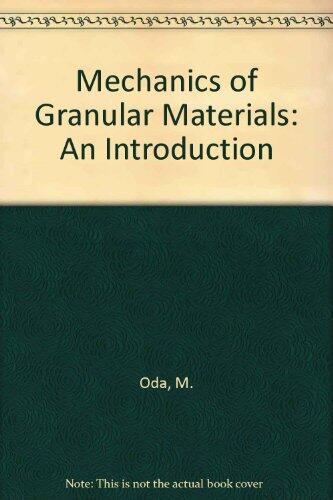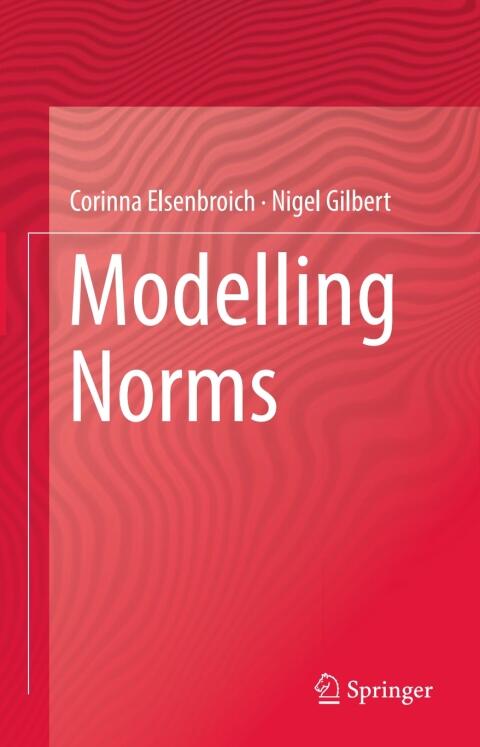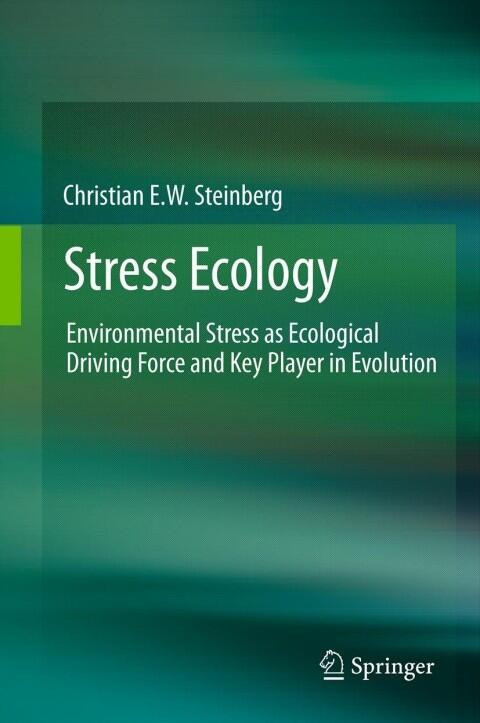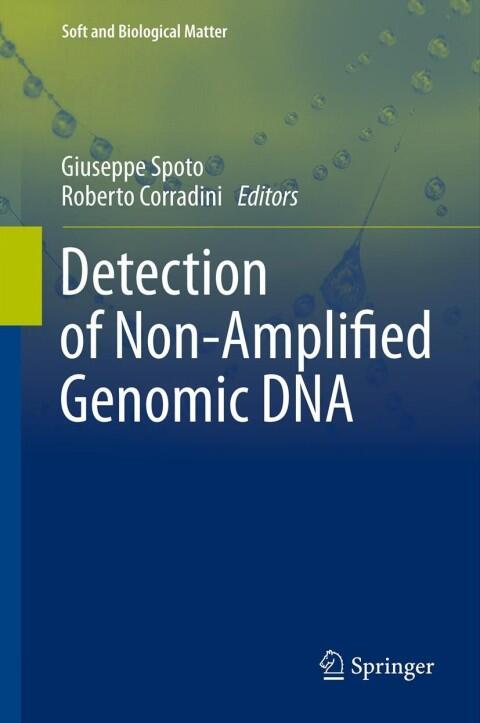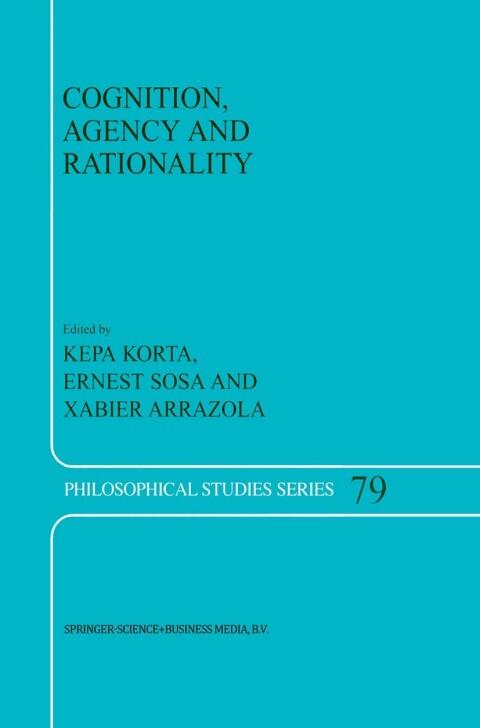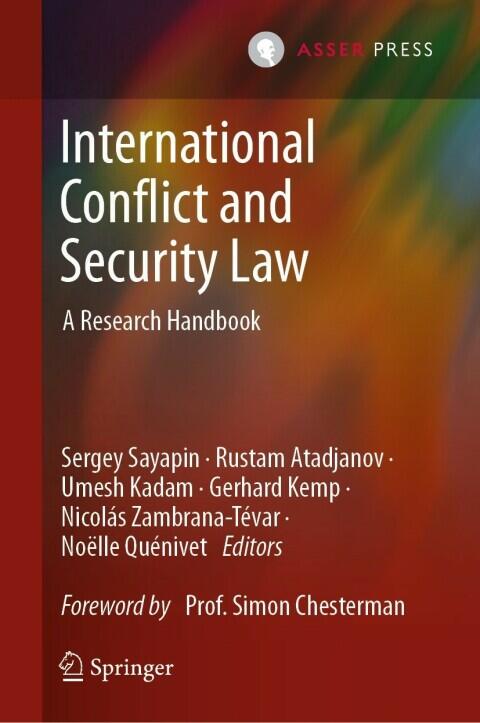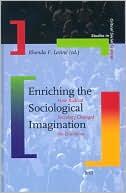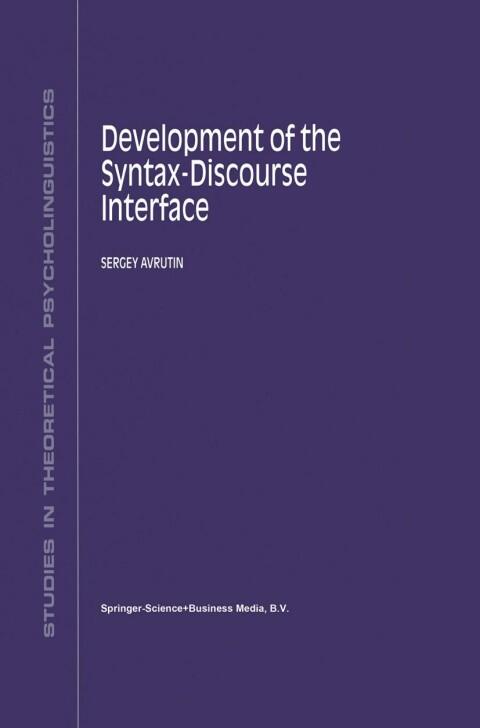
Development of the Syntax-Discourse Interface
door
S. Avrutin
Nog geen beoordelingen
Children’s
Science & Technology
Formaat
Kindle
Pagina's
211
Taal
Nederlands, Vlaams
Gepubliceerd
Jan 1, 2013
Uitgever
Springer
Editie
1999
ISBN-10
9401712395
ISBN-13
9789401712392
Beschrijving
This work delves into the intricate relationship between syntax and discourse, focusing specifically on child linguistic development. Through a comprehensive examination of how children grasp and utilize language, it sheds light on the pivotal role that both structures and contextual elements play in communication. The author meticulously analyzes various factors influencing this development, offering insights that bridge theoretical concepts with practical understanding.
The text posits that the interface between syntax and discourse is crucial for children's language acquisition. By exploring how young learners navigate the complexities of sentence construction and context, the author articulates a nuanced view of their cognitive processes. This discussion not only illuminates linguistic growth in children but also raises pertinent questions about the nature of language itself.
Themes of interaction between linguistic structure and communicative intent are woven throughout, prompting readers to consider broader implications for the study of language development. It invites linguists, educators, and psychologists to engage with the material and rethink established theories in light of new findings.
By drawing from various methodological approaches, the examination encourages a multidimensional understanding of child language development. The book serves as a rich resource for those interested in the interplay of syntax, discourse, and cognitive development, exemplifying how theoretical frameworks can enhance practical literacy strategies for children.
The text posits that the interface between syntax and discourse is crucial for children's language acquisition. By exploring how young learners navigate the complexities of sentence construction and context, the author articulates a nuanced view of their cognitive processes. This discussion not only illuminates linguistic growth in children but also raises pertinent questions about the nature of language itself.
Themes of interaction between linguistic structure and communicative intent are woven throughout, prompting readers to consider broader implications for the study of language development. It invites linguists, educators, and psychologists to engage with the material and rethink established theories in light of new findings.
By drawing from various methodological approaches, the examination encourages a multidimensional understanding of child language development. The book serves as a rich resource for those interested in the interplay of syntax, discourse, and cognitive development, exemplifying how theoretical frameworks can enhance practical literacy strategies for children.
Recensies
Nog geen beoordelingen
Wees de eerste om dit boek te recenseren en deel je gedachten
Voeg Eerste Recensie ToeLeeslogboek
Geen leeslogboeken gevonden
Begin met het volgen van je leesvoortgang om logboeken hier te zien
Voeg je eerste leeslogboek toeNotities
Geen notities gevonden
Begin met het toevoegen van notities om ze hier te zien
Voeg je eerste notitie toeTransactielogboek
Geen transactielogboeken gevonden
Begin met het volgen van je boektransacties om logboeken hier te zien
Voeg je eerste transactielogboek toe
